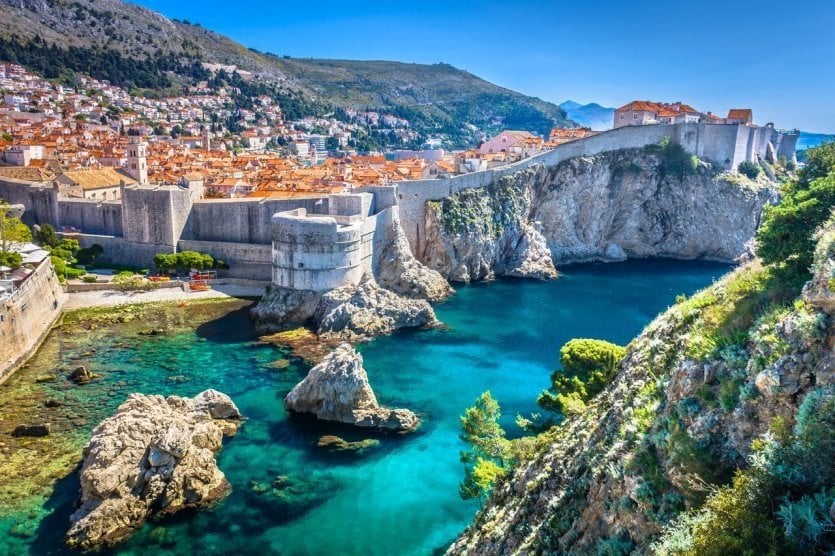
Croatia is just a two-hour flight from Paris! A country marked by a rich history and fratricidal wars with its neighbors... But today, it's all about the medieval vestiges that have remained standing over the centuries in this wild setting of pine forests and hidden coves. For Croatia is above all fantastic scenery: 1,700 kilometers of southern coastline and 1,185 islands and islets bathed in crystal-clear waters, bathed in the sunshine of the Midi. Here's an overview of Croatia's must-sees.
1. Dubrovnik
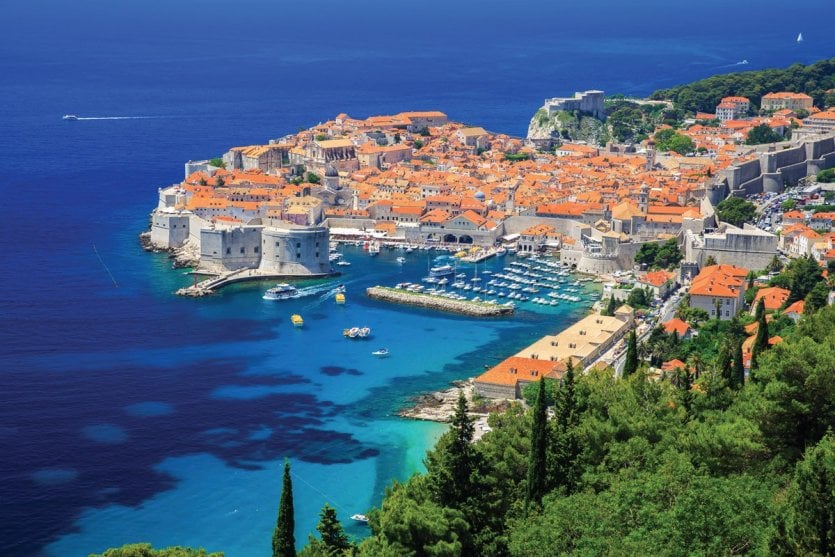
Built on a rock, Dubrovnik is one of the world's most beautiful fortified cities. The turquoise waters that lap the rocky slopes of its rock make this cove a fabulous backdrop. A setting that almost became a macabre place of desolation when enemy bombardment during the 1991 war of independence severely damaged the medieval city. Fortunately, the help of Unesco and a number of international donors enabled the rehabilitation of this mythical city. Today, the city walls once again stand proudly, and the cobbled streets winding between churches and palaces have been perfectly restored. With its new-found charm, the town nicknamed "the pearl of the Adriatic" is delighted by its panorama and unique atmosphere at any time of year.
If you're a Games of Thrones fan, let yourself be transported to King's Landing on a guided tour of the series' most famous filming locations!
2. Plitvice Lakes National Park
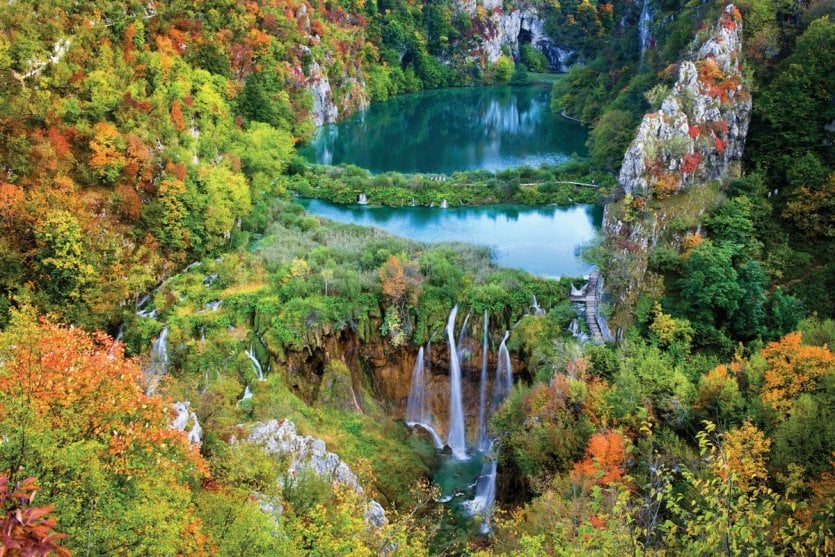
Croatia's oldest and best-knownpark is home to a magical natural phenomenon. Sixteen terraced lakes, travertines of greenery and cascading waterfalls. The limestone formation, combined with a particular biological process, gives rise to layers of algae and moss that constantly change the scenery. Several kilometers of wooden footbridges have been built to span this green and blue setting and join the earthen paths that adorn the lakes. Here, the banks are home to an impressive array of wildlife, with almost 120 species of birds inhabiting the spruce and juniper treetops, and footprints betraying the presence of bears and lynx below. In short, a garden of Eden where the turquoise waters would make the most beautiful lagoons in the Indian Ocean jealous.
On the other hand, the site is obviously very crowded, so here are a few tips to help you organize your visit.
Would you like to book a guided tour of Plitvice Lakes National Park? Take advantage of our partner's special rates by right here!
3. Zagreb
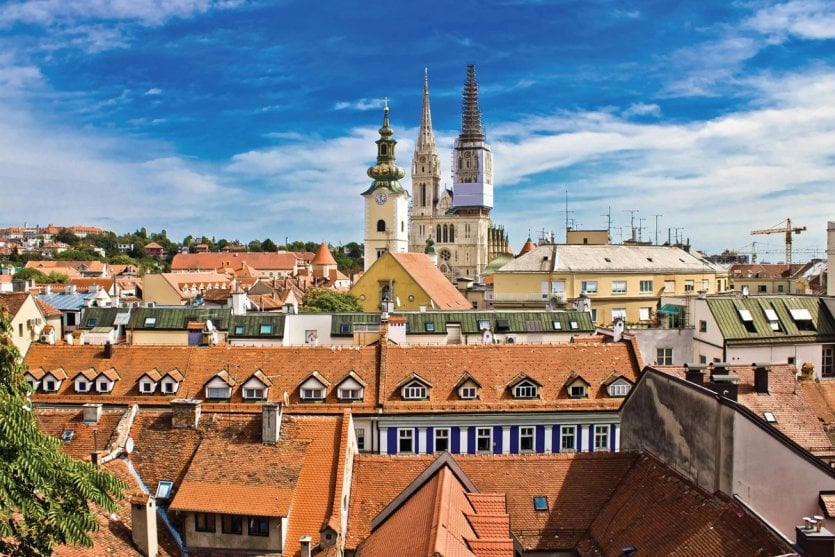
With its 800,000 inhabitants, Zagreb is home to a fifth of the country's total population. Often overlooked at the expense of the seaside towns of the Adriatic, Zagreb has nonetheless been an important cultural and political center since the Middle Ages. The sculpted architecture of its facades and religious buildings conceal unsuspected secrets and are reminiscent of Vienna and Budapest. Despite its dynamic pace, the city has managed to retain a certain authenticity in the face of modernization. Indeed, the old quarters have a bewitching charm, with the calm of a provincial village. From an artistic point of view, avant-garde movements are very present and galleries are legion. Zagreb is like a stopover before relaxing, an opportunity to learn more about Croatian history before enjoying the beaches and marvellous islands. Zagreb is also the starting point for many excursions: through the historic streets of Ljubjana, for example, or aboard a traditional boat on Lake Bled.
4. Hvar
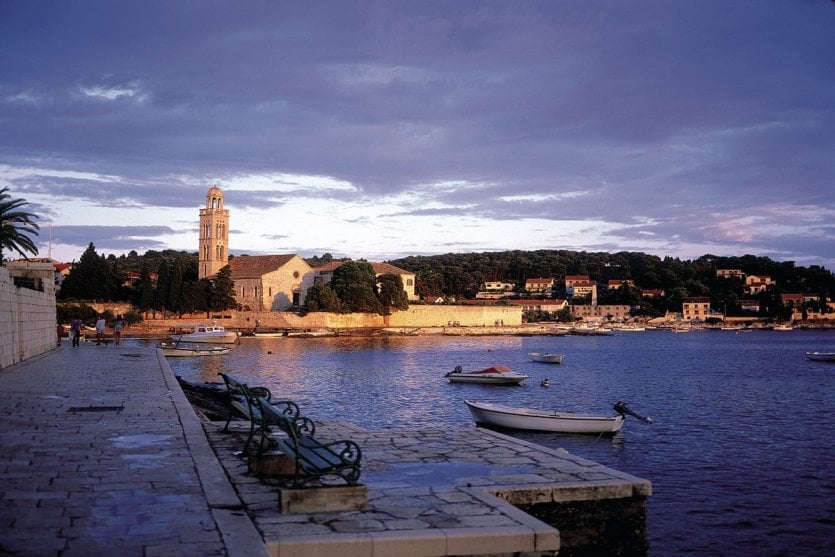
Hvar's 68 kilometers make it the longest island in Central Dalmatia. With 2,722 hours of sunshine a year, this strip of land is a popular tourist destination. And it's easy to see why, when you consider the numerous coves that run around the northern and western parts of the island. The vegetation, too, is exuberant, leaving fragrant notes of lavender and rosemary in the air. Here, two towns vie for island supremacy: Hvar, an elegant medieval town set in a pine forest on the edge of turquoise waters, and the older Stari Grad, the island's first town founded by the Greeks. You can also take an excursion from Hvar to discover the Blue and Green Caves . Find out more here!
5. Korcula
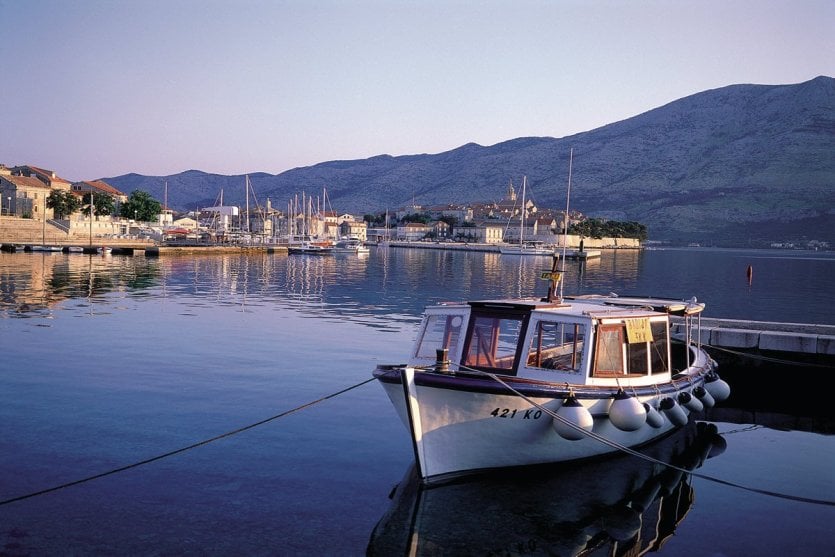
A fishing boat in the waters of Korcula © Ana NEVENKA - Iconotec
Korcula is considered by many to be the most beautiful island in southern Dalmatia. The medieval city of the same name has managed to survive and preserve itself over the ages. Built on a peninsula in the Pelje?ac Strait, the town is strategically located to control shipping on the Adriatic. The town's ingenious architecture was designed to take advantage of the sometimes violent winds that sweep through the streets (the bura), creating a fishbone-shaped layout when seen from the air. Today, the old town has become an ideal place to stroll between restaurants, boutiques and charming terraces. The island in general is a breath of fresh air for all its inhabitants. With its dense vegetation, vineyards and numerous forests, it is distinguished above all by almost 182 kilometers of finely delineated coastline.
6. Pula
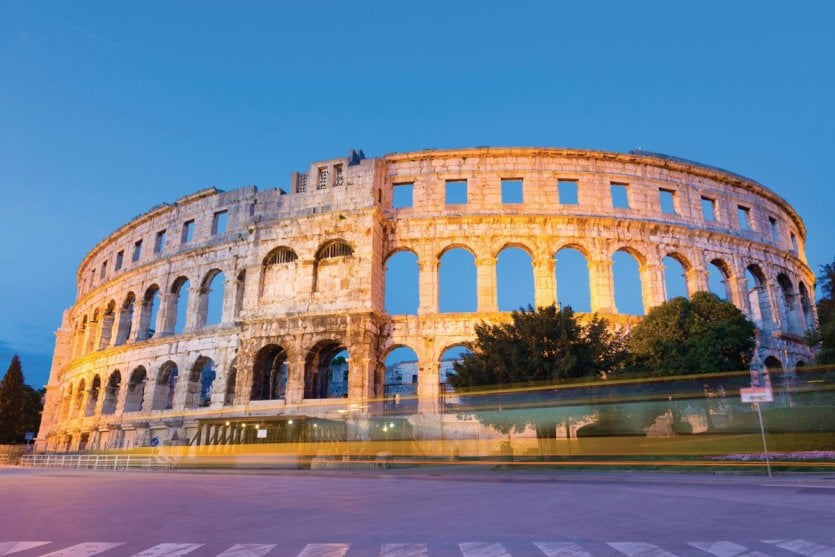
The Roman Amphitheatre in Pula© Istockphoto - kasto80
3,000 years of history live within the walls of Istria's largest city. Pula is an interesting stopover on a trip to Croatia, if only for its cultural and historical dimension. Indeed, the city has been the scene of major archaeological discoveries, suggesting that the region has been inhabited for over 8,000 years. First mentioned by Greek historians, the city fell into Roman hands before the birth of Christ, becoming an important commercial crossroads. The Roman amphitheatre and the Temple of Augustus are just some of the remains that can be seen here: click here to book your ticket in just a few clicks.
You can also take a trip back in time to equally prosperous periods by visiting the many medieval churches. Today, Pula is the economic and cultural engine of the region, and is increasingly asserting itself as Istria's leading tourist destination.
7. Sibenik
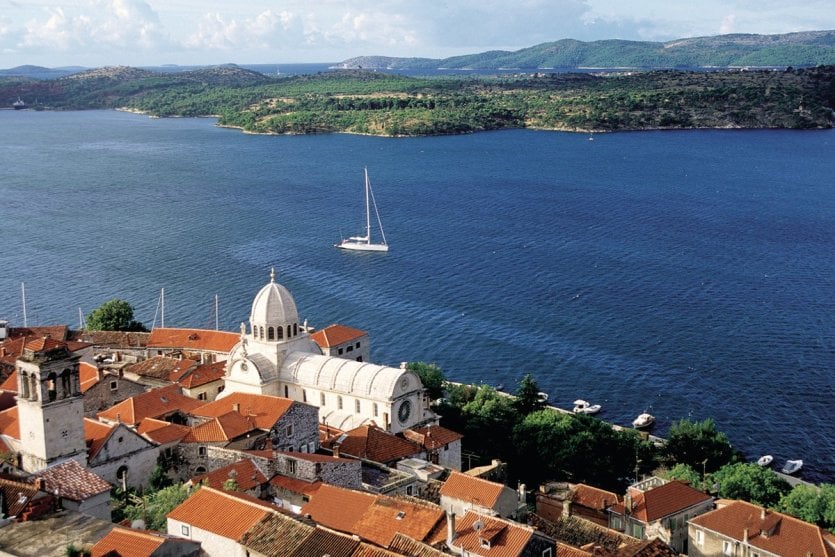
View of Sibenik Bay from the Citadel of St. Anne © istockphoto - Author\'s Image
Surrounded by the regions of Zadar, Split, the Dinaric Mountains and the Adriatic coast, Sibenik is a largely undeveloped region in terms of tourism, which gives it a refreshing authenticity. Surprisingly, Sibenik is home to the Kornati Islands and Krka Park, two of the country's most beautiful national parks. These are two of the country's most beautiful national parks. For an experience far from the crowds and urban hustle and bustle, opt for a "Robinsonnade" on one of the 125 uninhabited Kornati islets. The Krka is an exceptional setting for contemplating marvellous waterfalls and taking a dip in crystal-clear lakes. The capital of the Sibenik region also boasts a number of treasures, not least of which is St. James' Cathedral, a UNESCO World Heritage Site. You can discover it on a guided tour that also includes the Skradinski Buk waterfall, one of the most beautiful sites in Krka National Park. Click here for for prices!
8. Rovinj
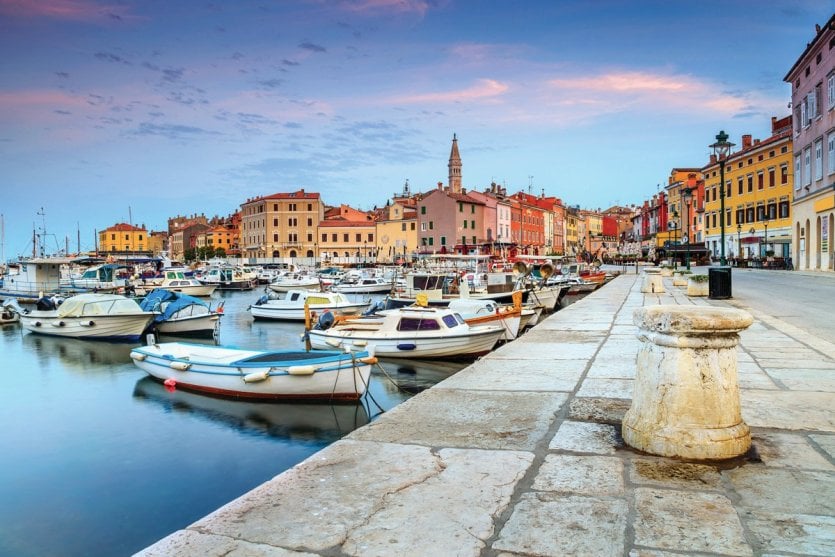
Sunset over the old town of Rovinj © Istockphoto - Janoka82
A Latin veil still hangs over Rovinj, a borrowing from the period when the region was under the Italian flag, which has the gift of immediately immersing us in a most cosmopolitan atmosphere. Artists have flourished here since the Second World War, and the town has inherited the laudatory nickname of "Istria's Montmartre". In short, you come to Rovinj to discover its enchanting setting, to wander the maze of winding streets that criss-cross the town, to stop at stall after stall at the market, and to stroll from store to store to discover Italian-Croatian craftsmanship. The town known as "Little Croatian Venice" is also rich in monuments such as the Cathedral of St. Euphemia and the Balbi Arch, which are further reasons to stop off. But beware: the city is quite small, making it difficult to get around during the high season, so it's best to visit in autumn or spring.
9. Split
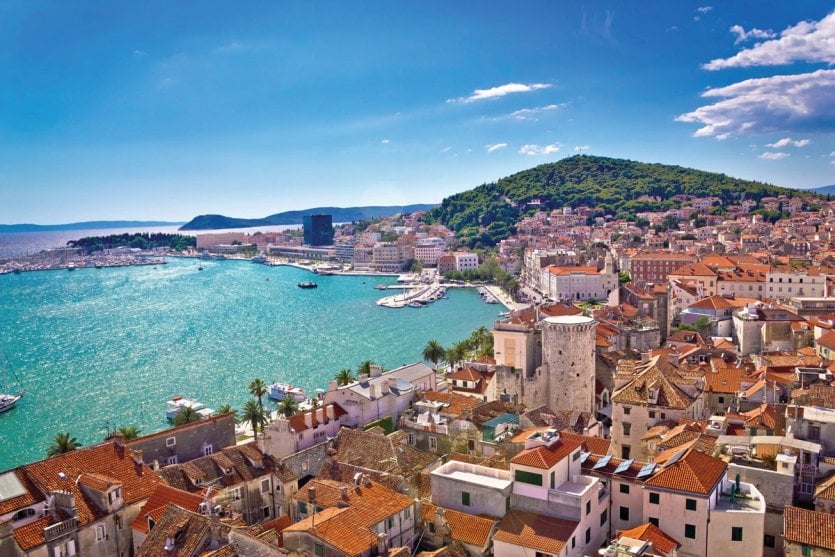
Split waterfront © Istockphoto - Xbrchx
Split is a hub of activities and excursions unlike any other in Croatia. Rafting and canyoning to the north, coves, rocks, secluded beaches and pine forests to the south, this hive of activity makes this seaside town the most dynamic in southern Croatia. Tempted by rafting on the Cetina River? Book your experience in just a few clicks right here! Almost twice a millennium old, Split is today a young and active metropolis. And although tourism seems to be the main sector fuelling the region, the naval sector and primary industries also play a major role in this setting. The main reason to come to Split is to stroll through the heart of the city, around the Roman palace, then to enjoy the seafront and the magnificent amenities that adorn the coastline. All this while sitting comfortably on a shady terrace and sampling local specialties.
10. Zadar
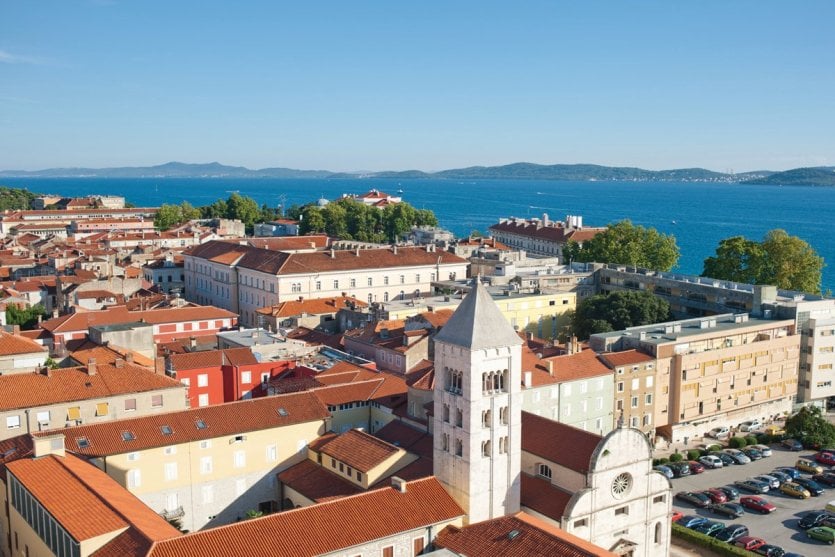
The old town of Zadar © istockphoto - Airportrait
Built between the Zrmanja and Krka rivers, Zadar is the crossroads of Dalmatia. Despite its turbulent history, this Croatian city has managed to retain its dynamic status. With a multitude of things to see and do, it ranks among the four most important cities on the Dalmatian coast, thanks to tourism and its strong economy. The old town is an ode to the ancient and medieval world, which despite the destruction caused during the 1991-1995 period retains an intact heritage. For a unique experience, head for the waterfront terraces, where in the evening the sun sets on the golden ripples of the ocean. Indeed, legend has it that this is where you can see the most spectacular sunset in Croatia.
11. The island of Lokrum
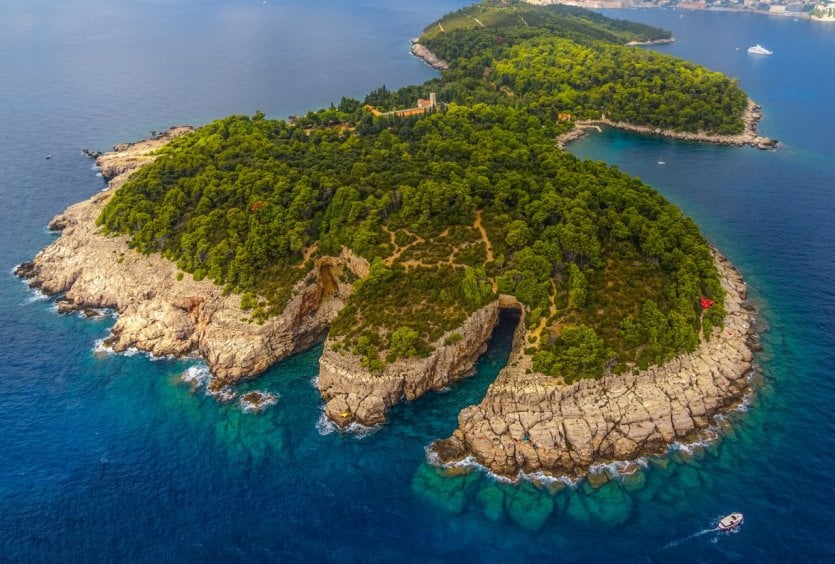
oPIS Zagreb - Shutterstock.com
The vegetation on the island of Lokrum is rich in pine, cypress, oak, myrtle and oleander... Under the patronage of UNESCO, the island was declared a nature reserve in 1964. Peacocks roam freely. In the seabed, it's not uncommon to find starfish. Although swimming is possible all around the island, it is especially recommended in the south. Are you a fan of Game of Thrones? The island of Lokrum, aka the town of Qarth in the series, is home to a small museum that looks back at the filming and, above all, displays the real throne used by the production (a gift from HBO to the municipality of Dubrovnik). This is your chance to take a souvenir photo on the throne before strolling through the shady paths of the botanical garden.
12. The Kornati Islands
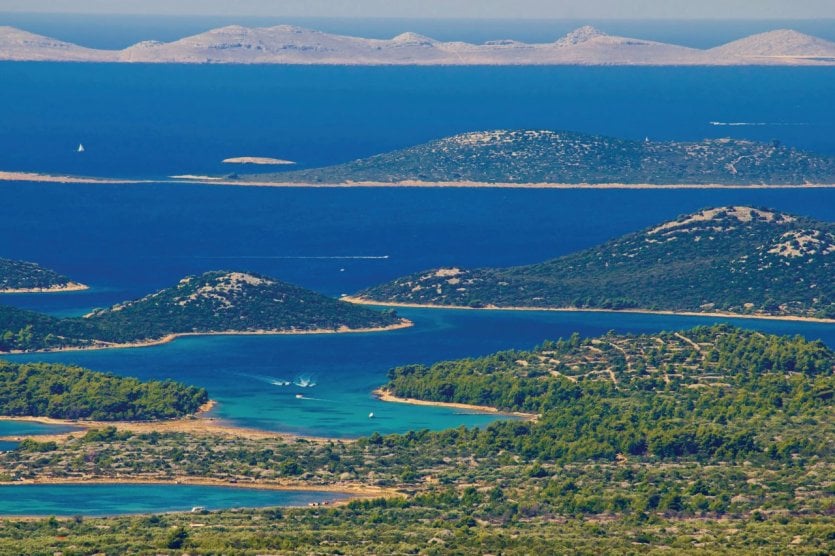
xbchx - iStockphoto
Off the coast of central Dalmatia, there are 147 islands, islets and reefs covering a total of 69 km². Seen from the air, these anarchic formations appear as geological curiosities emerging from the sea. This wild and unspoilt natural site was declared a national park in 1980. The underwater area of the Kornati boasts a biological diversity that will delight divers. Boating in the National Park is ideal! There are no hotels, and camping and cycling are prohibited in the National Park. You can drop anchor in some coves and sleep on your boat. If you'd like to stay a few days or even a week, you can rent a fisherman's cottage on one of the archipelago's islands (Kornat, Kravja?ica, Lavsa) or even in ?ut.
13. Trogir
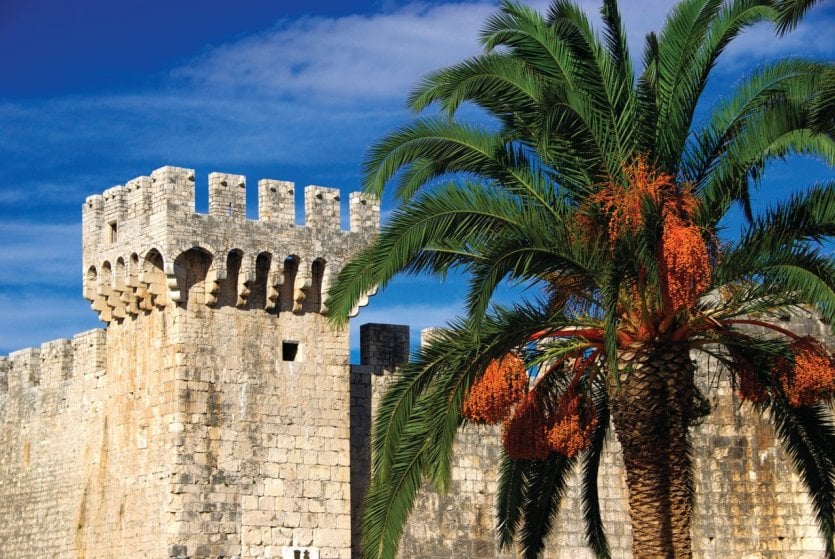
liane Matrisch
Ten kilometers from Split, Trogir is a port city whose historic center is a UNESCO World Heritage Site. Built on a small island (approx. 1 km long), separated from the mainland by a canal and linked by a bridge to the island of ?iovo-Okrug Gornji, this little Venice is highly photogenic and much-visited, and is often chosen as a backdrop for films in period costume. The fortress is linked to the north and south shores by two bridges. Like many of the old towns along the Croatian coast (Zadar, ?ibenik, Split, Dubrovnik), Trogir is a remarkable example of historical and urban continuity. On the island site, the walled city developed in accordance with Hellenistic and medieval foundations, followed by Renaissance, Baroque and Classical styles.
14. Okrug
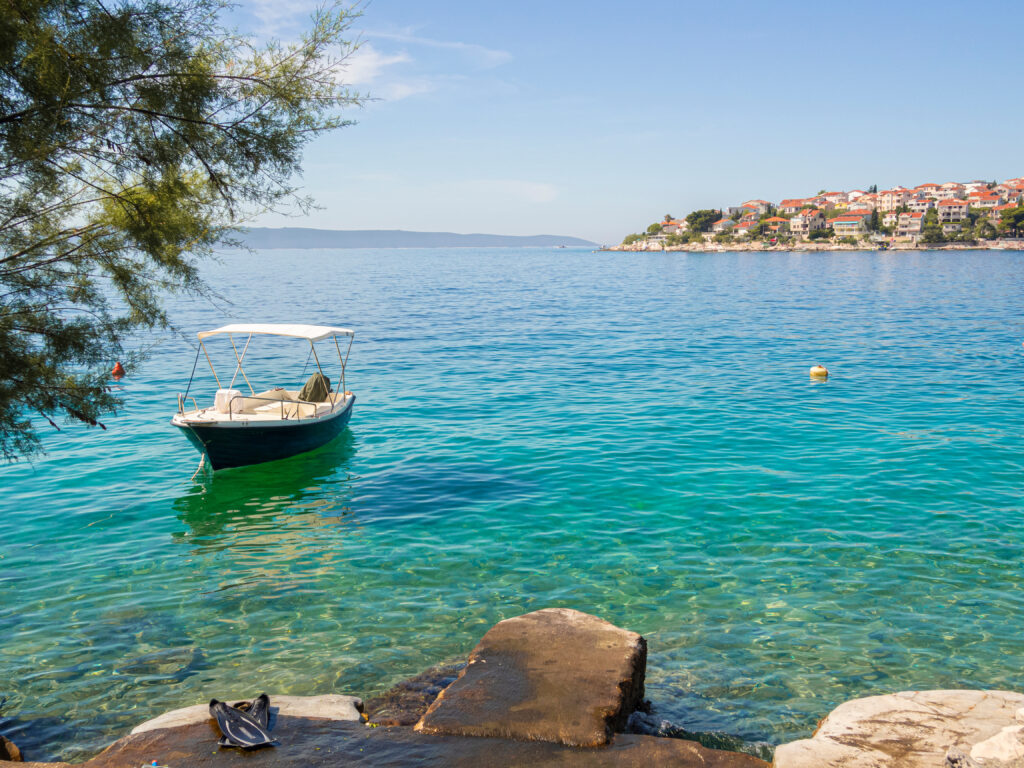
Just opposite Trogir, Okrug-Gornji forms an island, linked to the historic peninsula by the old bridge and now the bridge, inaugurated in 2018. Anchored in the southwest of the island, Okrug enjoys a Mediterranean climate, with lush vegetation lining the small beaches and coves. It's even said to be one of Croatia's brightest towns. This small seaside resort, less than 15 km from Split, is quieter and more natural than Trogir, and is becoming increasingly popular with visitors. Numerous accommodations, cafés-bars-restaurants, summer entertainment and even a diving club.
15. Biokovo Nature Park
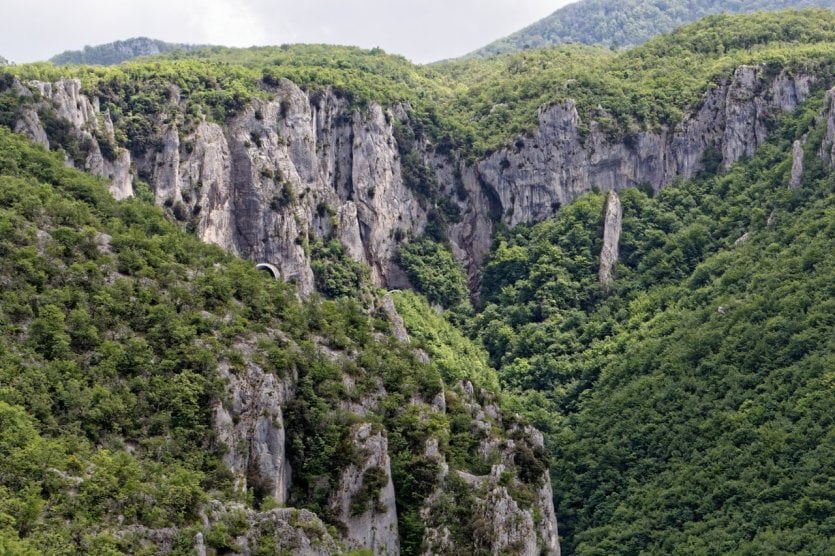
© ChWeiss - shutterstock.com
Biokovo Nature Park is an imposing karst massif. The majestic mountain plunges its vertical walls into the sea, leaving a lasting imprint on the landscape. The highest peak, St. George (Sv. Jure), is 1,762 m high. The limestone rocks at altitude are largely bare, while the Dalmatian black forests and numerous meadows grow below. The site, classified as a nature park, can be visited all year round. Covered with both high-altitude and Mediterranean vegetation, it favours the growth of endemic plant species and is home to a varied fauna. From the top of the mountain, views of the coastline, islands and hinterland are absolutely splendid. A must-do: you can book your visit in just a few clicks right here!
16. Mljet
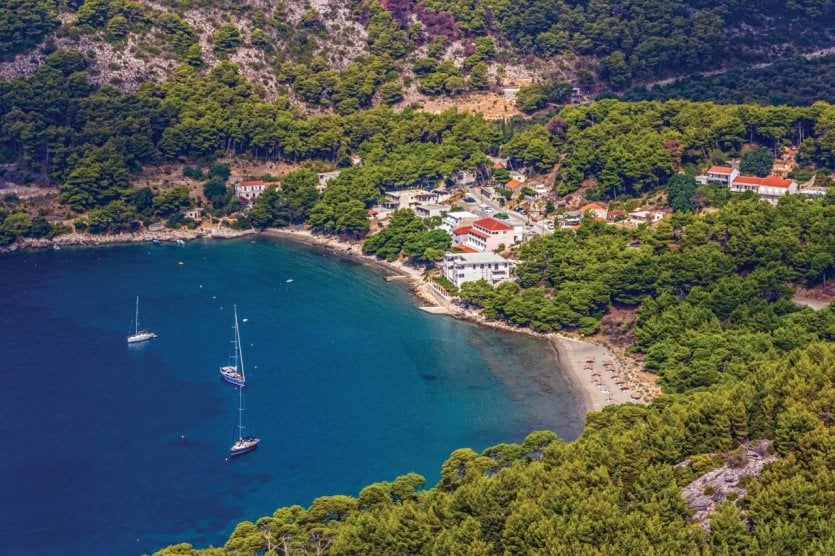
jasmina Mihoc - iStockphoto
Mljet is the southernmost island of the Croatian archipelago and the largest of the islands in the Dubrovnik region. It has remained very wild and undeveloped, as the western part of the island is protected as a national park and forest covers around 70% of its surface. The villages of Pomena, Pola?e and Sobra are located to the north, as the northern coast is too exposed to the winds. Mljet was first mentioned by Homer, yet there is no evidence to suggest that the Greek people ever settled on the island. It is said that Poseidon's winds drove Ulysses to the island, where he stayed with Calypso, forgetting Ithaca for several years. Another legend has it that in AD 61, St. Paul was shipwrecked near Mljet. The island was donated to Benedictine monks from the Puglia region of Italy, before returning to Dubrovnik in the 14th century.
17. The island of Bra?
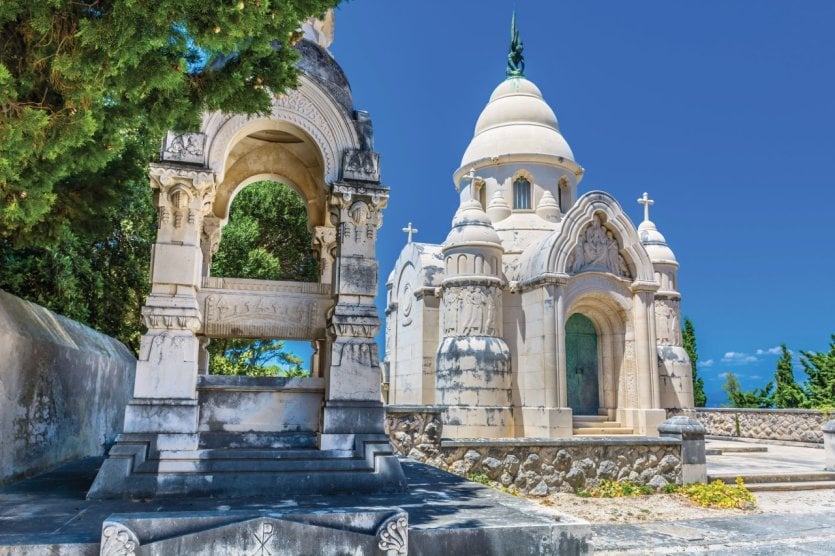
© Dreamer4787
Pronounce it "bratche"! Just a stone's throw from Split, the island of Bra?has Supetar as its main port, a good base for Adriatic vacations. Situated around a horseshoe-shaped bay, the island enchants with its simple, gentle way of life. When you disembark from Split, it's a restful place! Connected to the big city by a direct car-ferry service, Supetar is the ideal destination for those who want to take full advantage of the possibilities offered by the mainland (Central Dalmatia) while savoring the charms of a small island town, where everything is close at hand. The easiest way to spend the day is to do as the islanders do, and let the hours tick by around the port. You can sit back, picnic and relax on the nearby beaches and pontoons. The island also boasts numerous footpaths and cycle paths.
18. Île de Vis
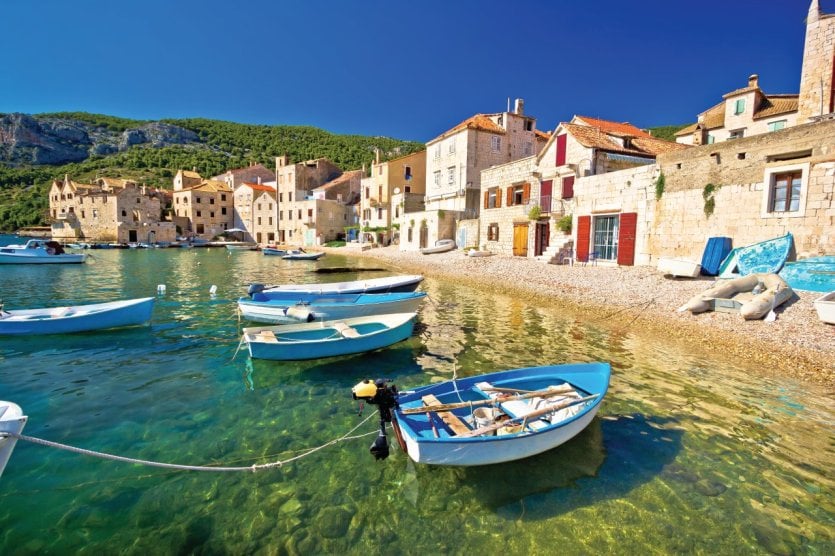
xbrchx
This is one of Croatia's prettiest and best-preserved islands. Geographically a little out of the way, Vis has recently become a tourist destination. But the island can't compete with its neighbors, as it's too small and fragile to become a mass tourist destination. You can walk across it along a coastal path lined with tamarisk trees, palm trees and magnificent houses. Vis was a Yugoslav army base until 1992. Since the soldiers left, it has remained isolated from the rest of the island. Today, it is an agricultural island where the inhabitants live mainly from olive growing, vineyards and fishing.
19. Cres
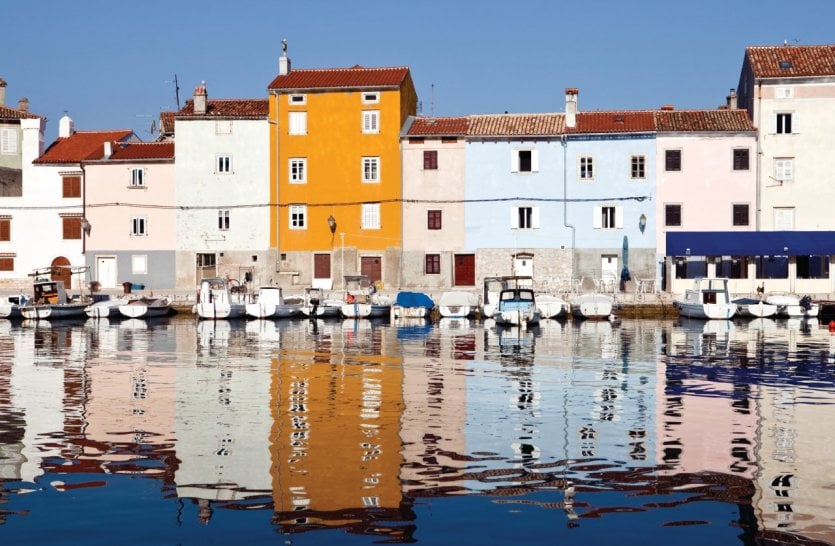
mbbirdy - iStockphoto
The ruins of the ancient and medieval fortress have been uncovered. The Petri? family's patrician palace, the oldest historical monument, dates back to the 15th century. It retains its elegant late-Gothic style, with Venetian influences. Cres then expanded towards the sea, occupying a large bay on the north-western coast. Today, the port is also a very pleasant seaside resort, where traditional fishing activities blend harmoniously with reasoned tourism. There are numerous cafés-bars-restaurants, ice-cream parlors, boutiques and everything you need for a pleasant stay.
20. Kopacki Rit Nature Park
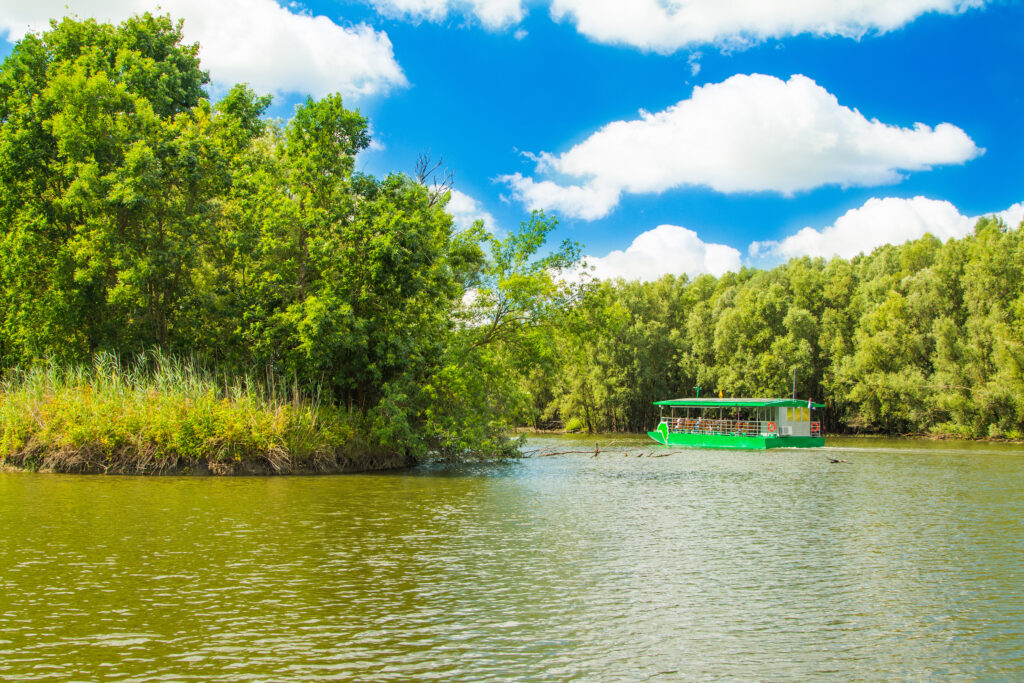
Covering some 23,000 ha, this immense nature reserve is known as Europe's Little Amazon. Included on the list of Wetlands of International Importance in 1993, this nature park is one of the largest freshwater areas in Europe. The day tour includes a walk on footbridges and a boat trip through the wetland. Other options include stops at Château de Tito (Dvorac Tikve?), the hunting residence of Prince Eugène de Savoie, reached by tourist train through the woods. A 30-km road takes you through part of the region. Several paths have been laid out to allow visitors to explore the landscape freely. The ambient humidity created by the presence of watercourses is conducive to animal diversity. The Kopacki Rat is home to over 291 species of birds and 44 species of fish. Attracted by the fish, migratory birds are numerous in early autumn.
When is the best time to visit Croatia?
The annual calendar really begins around Mardi Gras, with the many karnival events, and ends with the end-of-year festivities. But it 's especially in summer that Croatia offers its most eclectic choice. From Summer festivals (concerts, street performances, historical re-enactments, exhibitions, night markets, gourmet food, etc.) to the many music, folklore and film festivals. Check with local tourist offices for up-to-date program information.
How can I visit Croatia?
The easiest way to travel along the coast and in land to visit the national parks is to rent a car . It's the guarantee of a completely free trip!
What's the most beautiful part of Croatia?
Generally speaking, the island of Hvar is considered the most beautiful part of Croatia. It's known for its many seaside resorts, its climate and its splendid views.
What is the traditional Croatian dish?
Croatia's traditional dish is Peka. This dish consists of meat (lamb, chicken, veal, octopus) or fish accompanied by vegetables and herbs. The whole dish is stewed in the traditional way, using a cast-iron bell.


